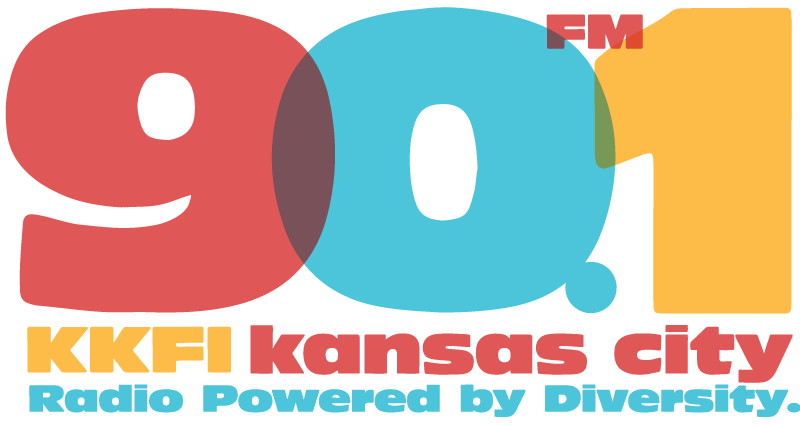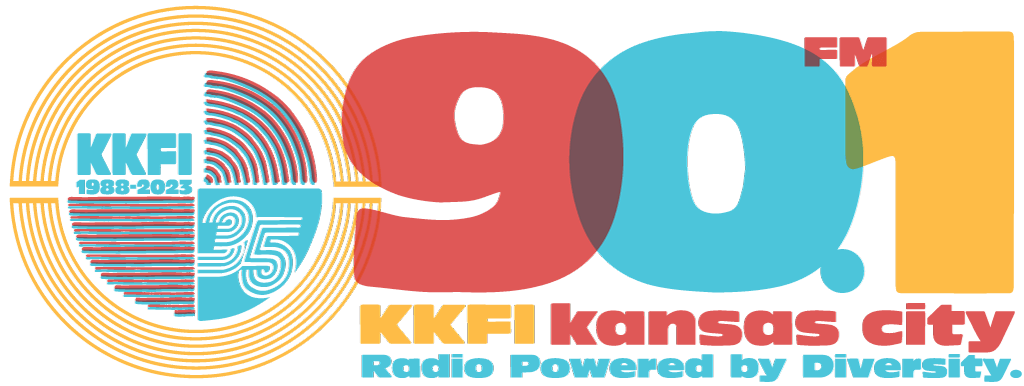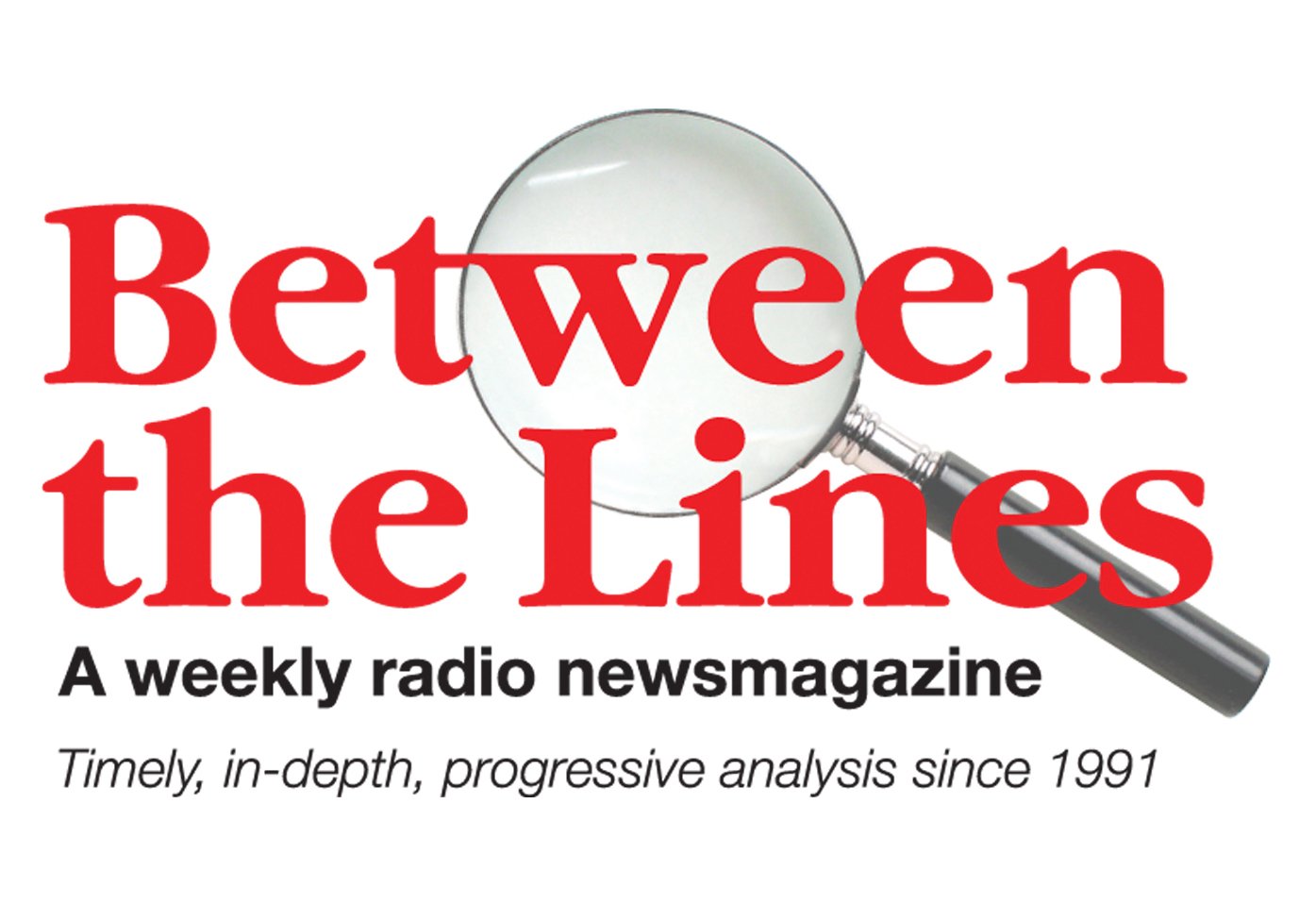“Wars often break out not because because of rational calculations, but because of irrational desires or ambitions, emotional responses, revenge … It’s very possible for a chain of events to escalate and produce an effect that no one wants, but which everybody blunders into much like, say World War I.”
– John Feffer, director of Foreign Policy in Focus at the Institute for Policy Studies, on the dangerous tensions between President Donald Trump and North Korea’s dictator Kim Jong-un
Trump and Kim Jong Un Trade Threats Risk Triggering Deadly Conflict in Korean Peninsula
Posted April 19, 2017
Interview with John Feffer, director of Foreign Policy in Focus at the Institute for Policy Studies, conducted by Scott Harris
As North Korea celebrated the 105th birthday of its founder, Kim Il Sung, on April 15, tensions rose to a dangerous level on the Korean peninsula. In response to a failed missile test and concern about a possible sixth nuclear weapons test, President Trump deployed a U.S. aircraft carrier task force to the waters off Korea and issued several threats against the regime of North Korean leader Kim Jong-un. Trump accused the North of “looking for trouble” and ominously warned that if China did not assist in reducing the threat posed by Pyongyang’s nuclear program, then the U.S., he said, will solve the problem without them.
News reports later denied by the White House stated that the Trump administration was for the first time considering using conventional weapons to launch a preemptive strike against North Korea, if the country was about to conduct another nuclear weapons test. In response, North Korea promised to retaliate against the U.S. with a nuclear weapon if Washington launched a pre-emptive strike. Later, Vice President Mike Pence visiting Seoul, South Korea’s capital, warned that North Korea should not test “the strength of the armed forces of the United States in this region,” while also leaving open the possibility of negotiations.
Between The Lines’ Scott Harris spoke with John Feffer, director of Foreign Policy in Focus at the Institute for Policy Studies, who discusses rising tensions between The Trump administration and North Korea that risks triggering a deadly conflict on the Korean peninsula and across the region. [Rush transcript]
.
JOHN FEFFER: cSo you know, everybody who, on this side of the Pacific who has been thinking about the Korean peninsula recognizes that a war would be devastating. Devastating not only for North Korea, but devastating to U.S. allies; South Korea and Japan would be a self-inflicted wound if the United States were to start such a war. I think everybody in North Korea realizes that the same holds true there, that an attack by North Korea against the United States manages to somehow do that, or against South Korea or Japan, would also be a self-inflicted a wound. And yet, despite that understanding, it’s very possible for a chain of events to escalate and produce an effect that no one wants but which everybody blunders into much like, say World War I.
BETWEEN THE LINES: John Pfeffer, how would you assess the threat posed to the United States in U.S. allies in Asia by North Korea at this point?
JOHN FEFFER: Well, I don’t think North Korea poses any threat to the United States because its missiles can’t reach the United States. It can challenge, for instance, the 28,000-30,000 U.S. troops in South Korea. It can challenge U.S. allies in South Korea and Japan. But a direct threat to the American homeland, no, not at this point. But it can be pretty devastating in its attack on South Korea. It has a huge of artillery positions stationed just over the border within firing distance of Seoul and that would be terrifying. There’s approximately 20 million people who live in the greater Seoul area. So any kind of attack that would involve Seoul would be just catastrophic. So, I think that’s one of the reasons why the United States has effectively avoided any kind of thinking about pre-emptive strikes against North Korea because it knows that any retaliation against South Korea would be – even if it didn’t precipitate further war – it still would lead to enormous civilian casualties.
BETWEEN THE LINES: In a recent article, you talked about some of the ways that negotiated solution to the tensions in the Korean peninsula might be able to move forward. And I’m wondering if you’d summarize a bit of what North Korea’s looking for and where some kind of deal might be able to be struck in the future.
JOHN FEFFER: Sure. Basically, North Korea wants to end its isolation. It doesn’t want to be isolated militarily. It doesn’t want to be surrounded militarily. It doesn’t want to be isolated diplomatically. It wants to achieve international recognition as a legitimate state. And it doesn’t want to be isolated economically. The regime of sanctions has prevented international capital from entering the country and helping rebuild the infrastructure, industry and the agriculture. So it sees the United States largely as the kind of key player in reducing its isolation.
The United States is the most powerful country in the world. It holds the keys to the international economy. If the United States were to recognize North Korea diplomatically, its allies would follow suit. So that’s what North Korea wants. It wants a deal with the United States that could end its isolation. In order to kind of secure that with North Korea, however, the United States is going to have to step back from the pre-condition that the Obama administration placed on North Korea, and that was for North Korea to get rid of its nukes before it can even get to the negotiating table. That’s a non-starter.
The other thing is that there has to be a gradual process with if there is demilitarization at this point because North Korea is not going to give up its single bargaining chip, it’s single most important deterrent just on a promise that the United States will treat it fairly. So I think those are the kind of key elements for any negotiation going forward.
BETWEEN THE LINES: South Korea has gone through a lot of political turmoil in recent months and their conservative party leader has stepped down. There’s a new election coming up and it’s possible that a newly-elected South Korean president could be an advocate of the old “sunshine policy” which favored rapprochement with North Korea. How could the coming election in South Korea change or reduce the tensions on the peninsula there?
JOHN FEFFER: It’s an important question. Basically, South Korea had ten years of conservative rule that ended with Park Guen-hye being impeached and thrown into jail on corruption charges. And those ten years were effectively a step away from the sunshine policy, a step away from engagement with North Korea diplomatically and economically. We’re going to see a new president, probably someone of the center left, like Ahn Cheol-soo, or even more progressive like Moon Jae-in, both of whom I think support a much more engagement-friendly approach to North Korea. I think there’s also a kind of well-spring public sentiment at this point to try something new. The last 10 years were not successful, really, in changing North Korean behavior or in advancing re-unification in any meaningful way. We saw the closure of some important projects like the Kaesong industrial complex – an economic cooperation program between North and South Korea. So I think people are saying, “Hey, you know, the hardline policies they didn’t really work. I think it’s time for something new.”
For more information visit the Institute for Policy Studies at ips-dc.org, Foreign Policy in Focus at fpif.org and John Feffer’s website at johnfeffer.com.
Opponents Vow to Stop Keystone XL Pipeline After Trump Grants Construction Permit
Interview with Sara Shor, campaign manager for U.S. Keep It In The Ground, conducted by Melinda Tuhus
In November 2015, President Obama announced his decision to deny a permit to the TransCanada company, which needed it to build the Keystone XL pipeline across the Canadian border from the Alberta tar sands mining operations – to where it would connect to an already existing pipeline in Nebraska that had been earlier approved and built under Obama.
The permit denial was considered a great people-powered victory for the climate movement, as it brought together environmentalists, property owners along the route, ranchers, farmers and indigenous communities in the upper Midwest. Then, as one of his first acts as president, Donald Trump resurrected the Keystone XL, promising “thousands” of jobs, partly through using pipes made of U.S. steel, despite the fact that the company had already purchased pipes mostly manufactured abroad.
The environmental group 350.org was a leader in the fight to kill the KXL pipeline the first time around and is now gearing up to do so again. Between The Lines’ Melinda Tuhus spoke with Sara Shor, lead organizer with 350.org’s Keystone XL pipeline campaign. Here, she talks about the focus of the campaign this time around that revolves around a federal lawsuit, the pipeline permitting process in Nebraska and the decreasing price of oil.
To learn more about the continuing opposition to the Keystone XL pipeline project, visit 350.org at 350.org and Bold Nebraska at boldnebraska.org.
Leading Democratic Candidate for New Jersey Governor Calls for State-Owned Public Bank
Interview with Walt McRee, executive director & chair of the Public Banking Institute, conducted by Scott Harris
After the meltdown of the U.S. and much of the world economy in 2008 and 2009, movements including Occupy Wall Street emerged that condemned Wall Street for its role in exacerbating growing income inequality in America. Beyond simply slamming the system, some progressive economists and activists put forward a number of ideas for restructuring the U.S. financial and banking system that offered alternatives for a more equitable model to better serve the interests of consumers, small business and the nation as a whole.
Among those ideas was support for a government bank that offers competition to the nation’s largest privately-held banks that recklessly engaged in casino-like gambling and lost billions of dollars of their customers’ investments during the Great Recession. The public banking option comes from the successful example of the 98-year-old Bank of North Dakota, the nation’s only statewide publicly-owned bank. Some observers credit North Dakota’s public banking system for the state’s low unemployment rate and large budget surpluses during the economic collapse.
Between The Lines’ Scott Harris spoke with Walt McRee, executive director & chair of the Public Banking Institute, who discusses the recent proposal for the establishment of a public bank in New Jersey made by Phil Murphy, a former Wall Street executive who is now a leading Democratic party candidate running for New Jersey governor.
.
WALT MCREE: A public bank is a bank that is owned by the people; owned by the public. And typically, in the instances that we refer to it, it’s owned by the cities or the counties or the states that own the bank. So instead of shareholders and stakeholders, you have the citizens who are the ones who use the bank and benefit from the bank just as if they had a private bank. And the power of that is that the franchise of banking is basically a license to create money. You know, it’s a proven franchise that works brilliantly and of course, can be misused. But the public’s potential here is to be able to keep the money that is collected as taxes and fees and licenses … all the money that comes over the transom of the body politic is kept at home in our own bank instead of sent off to Wall Street.
And of course, when Wall Street gets the money, they go off and they use it to leverage and make profits and play the global casino of speculation. And they do very well, and they do that with our money. What the public bank does is basically gives it a new place to go so that the city, the county and the state, can design, create and fund, finance itself for things like infrastructure or student lending or perhaps affordable housing. A host of things that all of us know that we’d like to have our communities be able to do but haven’t had the money to do that. So it’s really quite a new day.
There’s only one public bank in the United States at the moment. That’s the Bank of North Dakota, which has been called the most profitable bank in America. It outproduces by 70 to 100 percent the return on equity of the Wall Street banks – JP Morgan Chase, Goldman Sachs. It’s a highly productive bank that has been financing North Dakota and stabilizing that economy for 98 years.
BETWEEN THE LINES: Since its founding in 2010, yourself and Ellen Brown, the founder of the Public Banking Institute, have been proselytizing across the country, advocating for public banks to be established elsewhere apart from North Dakota. Now we have a Democratic candidate for governor in New Jersey, Phil Murphy, who’s really made establishing a public bank in New Jersey one of the centerpieces of his campaign to win the governorship there. Maybe you could tell us about what’s going on in New Jersey and if you’re optimistic that we could finally have a second public bank established in another state after all these years.
WALT MCREE: Yeah, we get a new one every hundred years. You know, that’s a trend. Actually, Phil Murphy’s candidacy in New Jersey is big in many ways because it has mainstreamed the awareness of what a public bank is, as well as brought it into even a mainstream political environment. Phil Murphy has a Goldman Sachs background. He’s a banker, and as Ellen Brown says, you know the reason he gets it, he’s a banker, he knows how banks work. And how it can be used. His candidacy is doing very well and he seems to be the odds on favorite to win. He’s very serious about it. New Jersey is a rich state, but it’s in a basket. It’s in a basketcase. It has huge debt, and Murphy feels that by having a public bank, they’ll do exactly what I said earlier. “We’ll keep our money in the state, invest in ourselves, finance ourselves.” And so we’re really very hopeful. And the people in the vibe in New Jersey are very strong. Certainly there are people pushing back, but those are often people from Wall Street, the big banks and the other side of approach here.
Around the country, there are over 50 initiatives underway now. It’s really a growing movement and it is indeed movement. We have the city of Santa Fe is getting very close to the point where they’re going to be assigning a task force with a charter to get a bank chartered there. In Philadelphia, that is also right in the middle of the city council at the moment. Oakland, Portland, Seattle, about nine cities in California, including the state, Arizona, New Mexico, Albuquerque and Santa Fe, I mentioned. Minneapolis is taking a look at it. There’s Massachusetts, also Vermont, New Hampshire, Maine, Maryland and the state of Pennsylvania are the ones that come to mind. I’ve left out Michigan and Illinois, but you get the picture. It’s a pretty exciting prospect not happening too soon.
For more information on the Public Banking Institute, visit publicbankinginstitute.org.
This week’s summary of under-reported news
Compiled by Bob Nixon
During a tour of a military camp, Philippines President Rodrigo Duterte raised eyebrows when he promised to occupy uninhabited islands and reefs in the disputed South China Sea, in a move seen as countering China’s increased military presence in the region. China immediately objected to what it perceived as a provocation in the tense Spratly archipelago, a critical shipping lane in the Asia-Pacific. (“Philippine President Orders Troops to Live on Islands in South China Sea,” Sydney Morning Herals, April 6, 2017; “Duterte’s Embarrassing To and Fro on South China Sea,” Deutsche Welle, April 10, 2017)
French leftist Jean-Luc Melenchon is surging in the final days prior to the first round of the French Presidential election on April 23rd. The veteran left-winger has caught up with the front-runners: independent centrist Emmanuel Marcon and the far-right nationalist anti-immigrant candidate Marine Le Pen. The top two candidates in the opening round will compete in a run off on May 7th. Early polls show Macron, the former Socialist economy minister easily beating Le Pen in the final round. (“French Election Shaken by Surge in Support for Far-Left Candidate,” The Guardian, April 12, 2017; “France’s Presidential Election Is a Four-Way Race,” The Economist, April 15, 2017)
America’s urban heroin crisis has disappeared from public view as addiction in white America has surged, receiving new-found compassionate attention from many conservative politicians. Yet African-Americans and Latinos quietly suffer largely out of the public spotlight from a heroin epidemic driven by poverty, lack of substance abuse treatment and AIDS. The number of heroin addicts is growing, and can now easily be found in both middle class enclaves and in poor rural communities alike. Since 2000, the number of heroin overdoses by white addicts has spiked by over 500 percent. (“The Heroin Crisis We’ve Ignored,” In These Times, [To be posted April 24, 2017])



